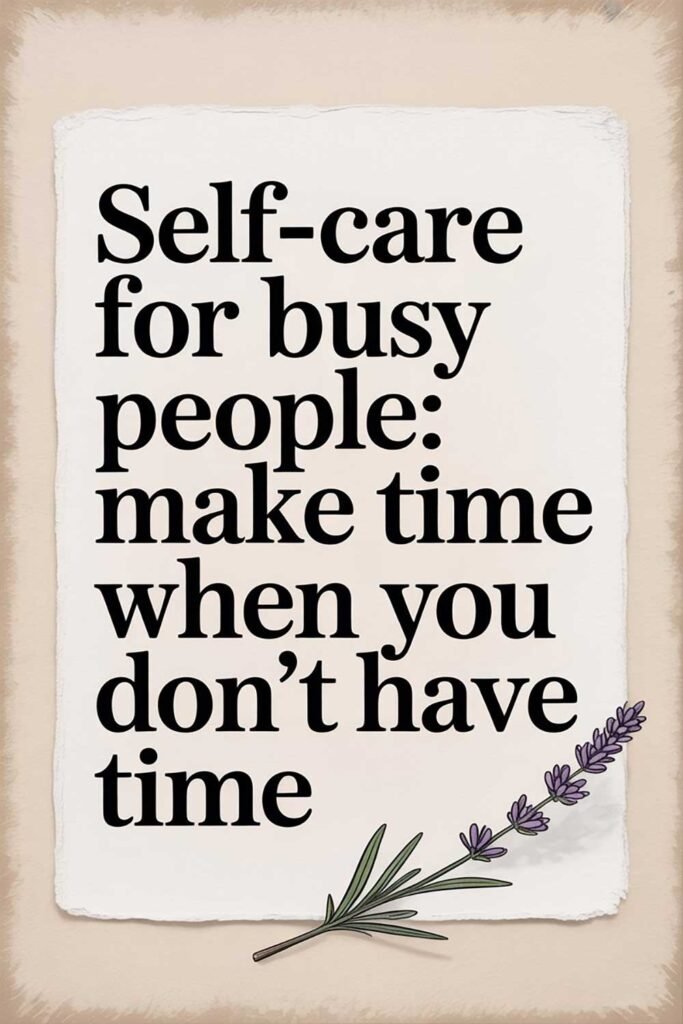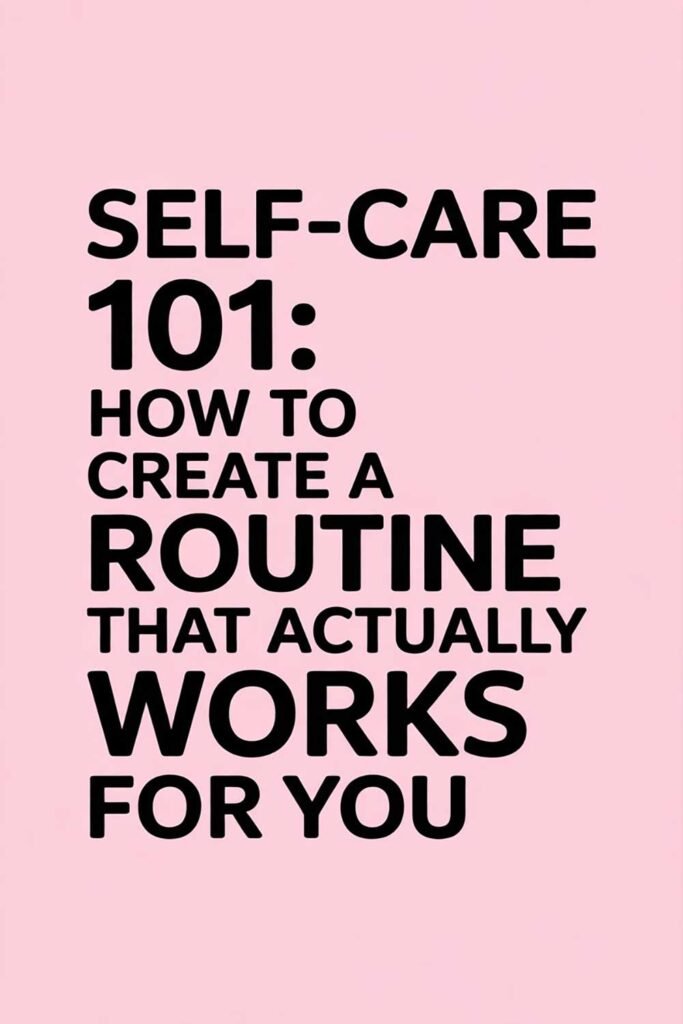How to Balance Short-Term Spending with Long-Term Goals
When it comes to managing your money, the struggle is real: how do you enjoy life now without sabotaging your future? It’s easy to feel torn between that spontaneous weekend trip and saving for retirement, between the instant gratification of dining out and the patient discipline of building a down payment fund.
The truth is, you don’t have to choose one or the other. With the right strategies and mindset, you can enjoy short-term pleasures while still making real progress toward long-term financial goals.
This article will show you how to balance short-term spending with long-term savings, how real people have successfully done it, and how you can start finding that sweet spot today.
Why This Balance Matters
Without balance, you risk:
- Living for today but regretting it tomorrow
- Saving so aggressively that you miss out on meaningful experiences
- Feeling constantly stressed or deprived
Finding harmony between now and later ensures:
- Financial health
- Mental peace
- A fulfilling life—both present and future
Step 1: Know Your “Why” for Long-Term Goals
Before cutting back on short-term spending, define your bigger vision:
- Are you saving for a house, retirement, a dream vacation, or financial freedom?
- What would reaching that goal feel like?
Real-Life Example:
Monica wanted to retire by 55. She visualized slow mornings, travel, and peace. That image helped her say no to random online shopping and yes to maxing out her 401(k).
Step 2: Build a Conscious Spending Plan
A conscious spending plan gives you permission to spend—without guilt or chaos.
Include:
- Essentials: Rent, utilities, groceries
- Long-term savings: Retirement, emergency fund, investments
- Short-term savings: Travel, gifts, car repairs
- Guilt-free spending: Dining out, entertainment, hobbies
Tip: Automate your savings before spending on fun stuff. That way, you enjoy without the guilt.
Step 3: Use the 50/30/20 Rule as a Guide
A classic budgeting framework:
- 50% for needs (housing, bills, food)
- 30% for wants (fun, lifestyle upgrades)
- 20% for savings and debt repayment
Adjust percentages based on your goals, but aim for some form of this structure.
Step 4: Prioritize Spending That Aligns With Your Values
Not all spending is equal. Spend more on what matters to you, and cut ruthlessly on what doesn’t.
Ask:
- Does this bring me lasting joy?
- Am I spending out of habit or intention?
Real-Life Example:
Alex cut back on random Amazon buys and redirected that money to a Roth IRA. He still goes out for weekly brunch because that fuels his relationships and joy.
Step 5: Automate Your Savings
Set up auto-transfers to:
- Emergency fund
- Retirement accounts
- High-yield savings for short-term goals
When saving becomes invisible, it becomes consistent.
Step 6: Use Sinking Funds for Short-Term Wants
Create savings buckets for things like:
- Vacations
- Birthdays
- Car maintenance
- Tech upgrades
This allows you to enjoy life now without derailing future goals.
Step 7: Track Your Progress Monthly
Review your budget and goals regularly. Are you hitting your targets? Where can you adjust?
Use budgeting apps like:
- YNAB (You Need a Budget)
- Mint
- EveryDollar
- Monarch
Real-Life Example:
Sofia tracks her spending every Friday. Seeing how much she saved and how little she overspent keeps her motivated to keep her goals in sight.
Step 8: Give Yourself Guilt-Free Flexibility
No budget is perfect. Life happens. If you overspend this month, adjust next month.
The goal is balance—not perfection.
Step 9: Celebrate Milestones Along the Way
Long-term goals can feel far off. Celebrate progress:
- Saving your first $1,000
- Paying off a credit card
- Hitting 6 months of consistent budgeting
Step 10: Remind Yourself That Balance Is a Skill
You won’t get it right every time. But every conscious decision brings you closer to confidence and control over your finances.
Real-Life Example:
James spent years swinging between overspending and intense frugality. Once he built a realistic plan and allowed himself some fun money each month, he found peace—and hit his savings goals faster.
20 Quotes About Balancing Spending and Saving
“Do not save what is left after spending, but spend what is left after saving.” – Warren Buffett
“Too many people spend money they haven’t earned to buy things they don’t want to impress people they don’t like.” – Will Rogers
“Balance is not something you find. It’s something you create.” – Jana Kingsford
“A budget is telling your money where to go instead of wondering where it went.” – John C. Maxwell
“Save money and money will save you.” – Jamaican Proverb
“You can enjoy life now and still prepare for later.” – Unknown
“The key is not in spending more, but in spending well.” – Unknown
“Don’t give up what you want most for what you want now.” – Zig Ziglar
“Financial freedom is not a destination, it’s a journey.” – Dave Ramsey
“Wealth is the ability to fully experience life.” – Henry David Thoreau
“What you do today can improve all your tomorrows.” – Ralph Marston
“Spend with purpose. Save with intention.” – Unknown
“Enjoy the little things, but plan for the big things.” – Unknown
“A balanced budget is a happy budget.” – Unknown
“Short-term fun doesn’t have to destroy long-term security.” – Unknown
“Money is a tool. Use it to build the life you want.” – Unknown
“Living within your means today creates freedom tomorrow.” – Unknown
“Spending without purpose is a silent thief of dreams.” – Unknown
“When you align your spending with your values, every dollar brings joy.” – Unknown
“Budgeting is the art of saying yes to your future.” – Unknown
🧠 Picture This
You open your banking app and feel calm instead of anxious. Your bills are paid, your emergency fund is growing, and you have money set aside for that trip you’ve been dreaming about.
You still enjoy weekly takeout. You treat yourself to the occasional concert or new outfit. But it all fits within your plan.
No more guilt. No more guessing.
Just balance, clarity, and financial peace.
What if you could live well now and build your dream future?
📣 Please Share This Article
If this article helped you or reminded you of someone who needs help finding financial balance, please share it. Your share might be the catalyst that helps someone enjoy their money without regret.
⚠️ Disclaimer
This article is based on personal experience and general financial education. It is for informational purposes only and does not constitute financial advice. Always consult a certified financial planner or advisor for personalized guidance.






